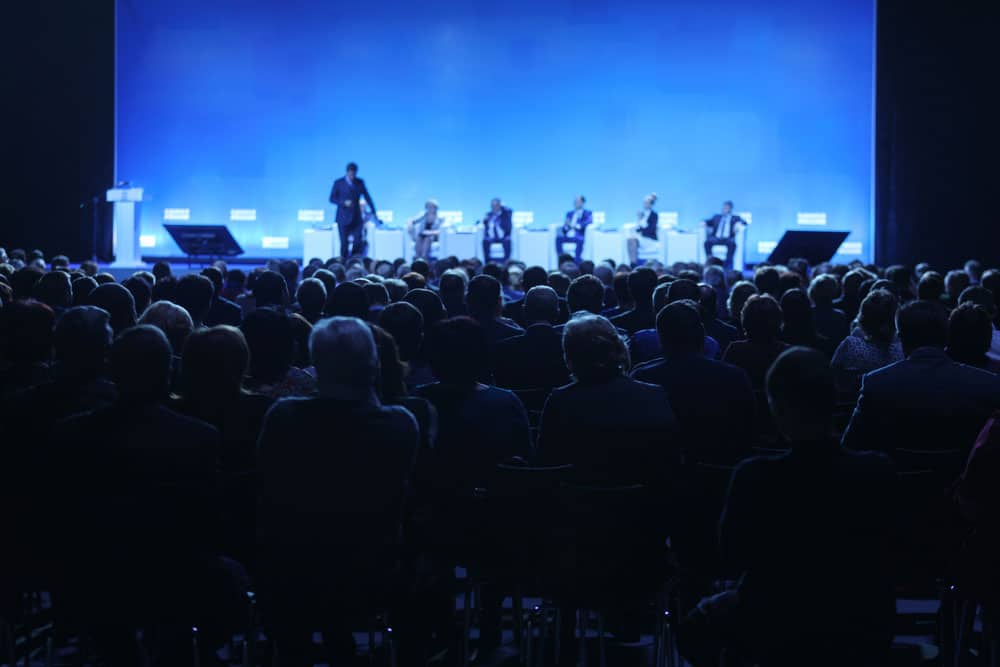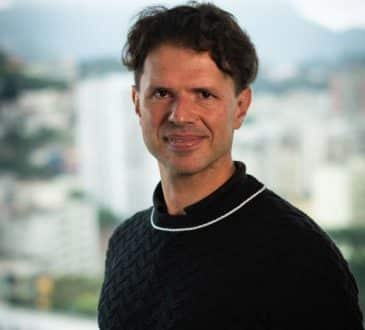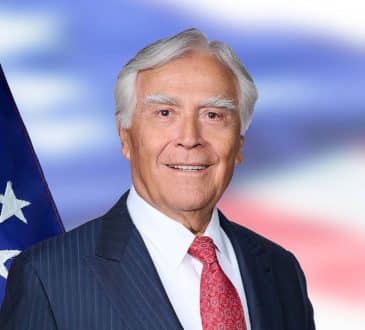Transforming Urban Landscapes: Strategic Insights and Innovations in Smart City Development

The Big Question for CEOs
In a world defined by VUCA, how can CEOs strategically leverage systems integration and emerging technologies to transform urban landscapes into smarter cities that are not only efficient and sustainable but also resilient to future challenges?
System Integration – Opportunities in Smart Cities
In the rapidly evolving landscape of urban development, smart cities are a beacon of innovation and progress. Smart cities are essential responses to urbanization challenges and the pursuit of sustainable development. System integration, facilitated by the Fourth Industrial Revolution, plays a critical role in transforming cities into smart, efficient, and resilient environments. This article explores how CEOs leverage foresight and strategic actions in a VUCA (Volatility, Uncertainty, Complexity, and Ambiguity) world to realize the potential of smart cities.
Understanding Smart Cities
A smart city integrates various systems and technologies to enhance efficiency, sustainability, and quality of life. This integration involves connecting city components—such as public transportation and energy management systems—into a cohesive, intelligent network. In a VUCA environment, marked by rapid technological advancements and shifting societal needs, smart cities must be adaptable, resilient, and foresight-driven.
The Challenges and Opportunities
- Urbanization and Sustainability: Rapid urbanization in countries like India often results in unsustainable development. Smart systems can optimize resource management and reduce waste. For example, smart grids and IoT sensors can enhance energy efficiency and reduce emissions.
- Managing Urban Resources: Inefficient resource management can lead to uncontrolled development. Smart cities use integrated systems to monitor and manage resources in real time. Singapore’s smart water management system, for instance, uses sensors to detect leaks and optimize water usage, cutting waste significantly.
- Enhancing Quality of Life: The quality of life in smart cities hinges on service efficiency. Los Angeles, for example, employs smart traffic management systems that use real-time data to optimize traffic flow, thereby reducing congestion and improving air quality. These systems, powered by AI and machine learning, predict traffic patterns and adjust signals to enhance urban mobility.
The Fourth Industrial Revolution as an Enabler
The Fourth Industrial Revolution, characterized by the convergence of digital, physical, and biological technologies, is a crucial enabler for smart cities. Advances in AI, IoT, and blockchain are transforming urban environments by providing real-time data, enhancing decision-making, and streamlining processes. For instance, AI-driven predictive analytics in smart cities can forecast energy needs, optimize traffic management, and improve public safety.
CEOs navigating this VUCA world must harness these technologies to build smart cities that are not only efficient and sustainable but also resilient to future uncertainties. By leveraging the capabilities of the Fourth Industrial Revolution, they can address urban challenges, enhance quality of life, and ensure that smart cities remain adaptable to evolving demands.
Global perspective- Smart City Integrations
- Barcelona, Spain: Barcelona has implemented a comprehensive smart city strategy that includes smart street lighting, waste management, and water sensors. The city’s smart streetlights adjust their brightness based on the time of day and pedestrian activity, reducing energy consumption.
- Songdo, South Korea: Songdo is a master-planned smart city that integrates technology into its infrastructure. The city features an advanced waste management system where waste is automatically sorted and transported through underground pneumatic tubes. This system enhances cleanliness and efficiency.
- New York City, USA: New York City’s initiative to install smart streetlights equipped with sensors and cameras aims to enhance public safety and reduce energy costs. The city is also integrating smart parking meters that provide real-time availability information to drivers.
- Dubai, UAE: Dubai is pushing the boundaries of smart city technology with its ambitious Dubai Smart City project. The city has implemented blockchain technology for various applications, including real estate transactions and public services, aiming to enhance transparency and efficiency.
- Copenhagen, Denmark: Copenhagen’s smart city initiatives focus on sustainability. The city uses data from various sensors to monitor air quality, traffic, and energy usage, facilitating better decision-making and promoting a greener urban environment.
- Tokyo, Japan: Tokyo’s smart city initiatives include integrating AI and robotics in public transportation. The city is also working on smart grids and energy-efficient buildings to enhance overall urban efficiency.
- Toronto, Canada: The Quayside project in Toronto is an example of integrating technology into urban planning. The project aims to create a smart neighbourhood with energy-efficient buildings, advanced waste management systems, and autonomous transportation solutions.
- San Francisco, USA: San Francisco is leveraging smart technology to address housing and transportation issues. The city’s smart transit system provides real-time updates and predictive analytics to improve public transportation services.
- Mumbai, India: Mumbai’s smart city initiatives include the development of smart water management systems and the integration of digital platforms for public services. These initiatives aim to address the city’s water scarcity issues and improve service delivery.
- Melbourne, Australia: Melbourne’s smart city strategy focuses on enhancing urban mobility and sustainability. The city has implemented smart parking solutions and is exploring the use of autonomous vehicles to improve transportation efficiency.
Strategic Insights from CEOs
CEOs navigating the smart city landscape must embrace foresight and adaptability. The ability to anticipate future trends and leverage emerging technologies is crucial for success. For example, CEOs of companies like Siemens and IBM have championed the integration of IoT and AI in urban infrastructure, driving innovations that enhance city management and resilience.
In the face of a VUCA world, CEOs must also focus on building collaborative ecosystems. Partnerships with academic institutions, technology providers, and government agencies are essential for developing and implementing smart city solutions. This collaborative approach not only fosters innovation but also ensures the alignment of smart city initiatives with broader sustainability and resilience goals.
Critical thinking
As cities around the world continue to evolve, the integration of smart systems offers a path to more efficient, sustainable, and resilient urban environments.
CEOs must think:
- How can they balance the rapid absorption of smart city technologies with the need to ensure inclusivity and equitable access for all urban residents?
- What role should public-private partnerships play in driving successful implementation of smart city initiatives and how can CEOs foster these collaborations?
- In a VUCA world, what strategies can CEOs employ to future-proof city projects against unforeseen disruptions, such as technological obsolescence or shifting societal priorities?
Have you read?
Countries with the most gold reserves.
World’s Best Public Relations Agencies (Top PR Firms).
Countries with the highest human freedom.
World’s Safest & Most Dangerous Countries For Travelers.
Longest and Shortest Life Expectancies in the World.
Bring the best of the CEOWORLD magazine's global journalism to audiences in the United States and around the world. - Add CEOWORLD magazine to your Google News feed.
Follow CEOWORLD magazine headlines on: Google News, LinkedIn, Twitter, and Facebook.
Copyright 2025 The CEOWORLD magazine. All rights reserved. This material (and any extract from it) must not be copied, redistributed or placed on any website, without CEOWORLD magazine' prior written consent. For media queries, please contact: info@ceoworld.biz








